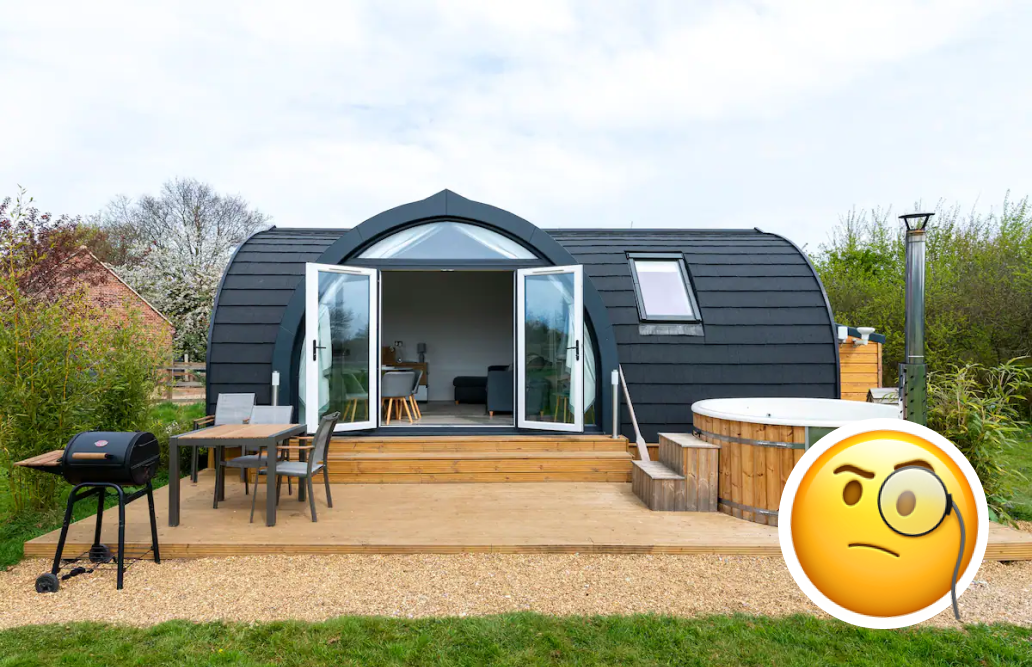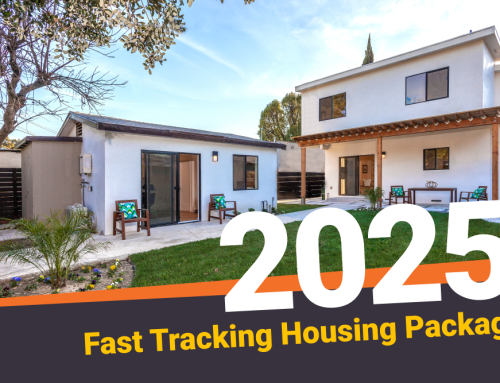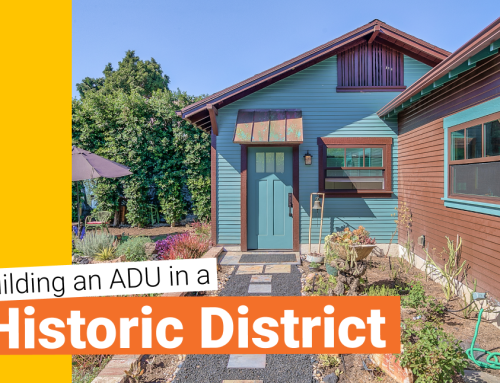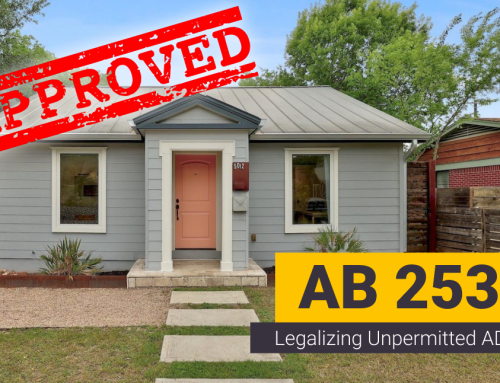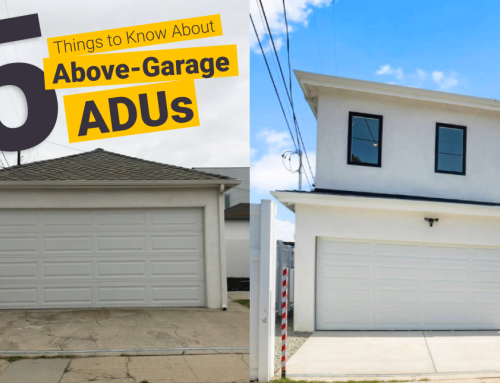The moment of truth of California ADU regulations.
Even the most ADU-knowledgeable of us can have misconceptions about the various ADU regulations in California. After all, it is a lot of information to remember! And it’s not always explained in the clearest way possible.
Luckily, we’re here to provide some clarity! Here are the top 5 common misconceptions about California’s ADU regulations…debunked!
Lets chat about your ADU! 888-461-3884
Myth #1: Owner occupancy is required for ADUs
False! Owner occupancy is NOT required.
As a refresher, owner occupancy means that the property owner must live on the property, either in the ADU or in the main house. Owner occupancy is a huge disadvantage to homeowners because it massively undercuts potential rental income that could be otherwise leveraged.
On the flip side, no required owner-occupancy means that you can reap the full rental benefits of both your ADU and main house!
BUT, there is one exception: JADUs. Unlike ADUs, JADUs do require owner occupancy. So, that’s something to keep in mind if you plan on going that route.
Before moving on to the next few myths, click below to download our California Bills Cheat Sheet and other free tools for a comprehensive guide to state regulations.
Myth #2: Planning departments have to approve your permits within 60 days
Unfortunately, this is not the case.
According to California ADU regulations, planning departments must give you an answer within 60 days, but that does not necessarily mean they have to approve your plans.
Back in 2020, a new law went into effect that required planning departments to either approve or deny your plans within 60 days. Sounds great, right? Not so much.
The unforeseen drawback was that cities would simply resort to baselessly denying applications if they ran into a time crunch. The good news is that AB 2221 partially resolved this issue.
The fix? Now cities have to provide a rationale of sorts if they end up rejecting your application. This forces them to actually review your application carefully rather than unjustly deny it for time’s sake.
Either way, you can now expect to receive an answer from the city planning department within 60 days. Whether it’s an approval or denial, you can at least rest easy knowing that it was given the proper time and attention it deserves!
Myth #3: Attached ADUs can only be 25 ft tall if the primary house is also 25 ft tall.
Myth!
AB 2221 also recently defined new ADU height restrictions. It states that an ADU must be allowed to be 25 ft high if attached to the primary house. However, it’s surprisingly easy to believe that the ADU can only be 25 ft tall if the primary house is also the same height. But that’s not the case.
Regardless of the height of the primary house, your city must allow you to build your ADU up to 25 ft or the height specified in the underlying zoning code of the property. Whichever is lowest.
So, even if the heights of the ADU and main house don’t match up, it’s still fair game! 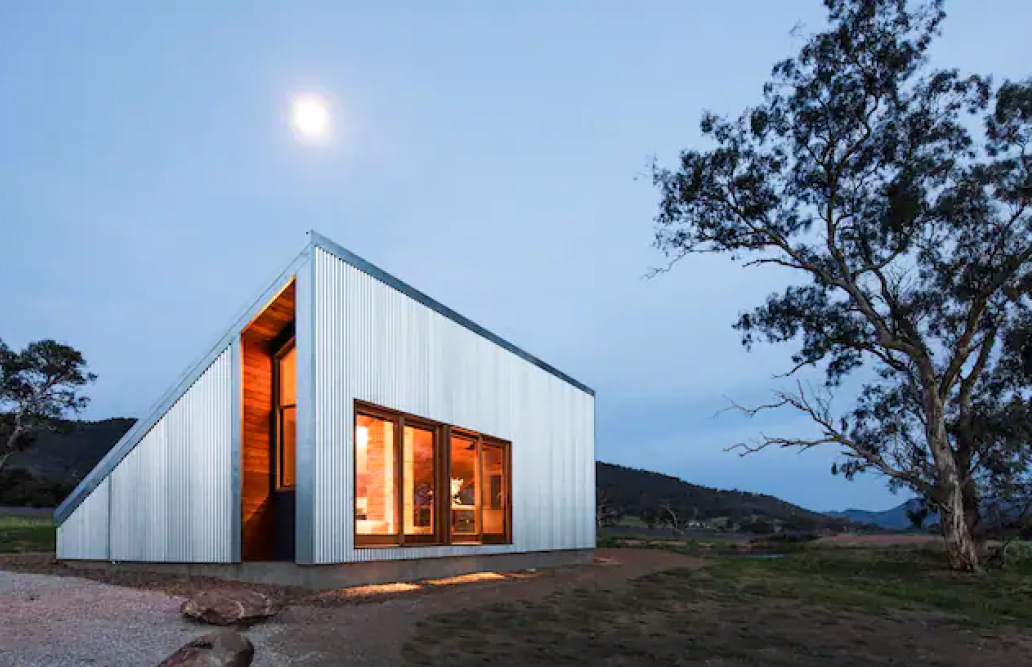
Myth #4: If converting your garage, you need to replace parking
This is false!
ADU regulations state that you only need to provide parking for your garage conversion ADU if you are further than 1/2 a mile from public transit.
For many Californians, this is fantastic news. Parking can be hard to come by in many densely populated cities, and adding an extra parking space can be a financial burden to your budget.
There are already so many advantages to converting a garage, so just add this one to the list!
Myth #5: Speaking of the 1/2 mile rule…
We’ve had homeowners ask, “How is this 1/2 mile measured?”
That’s a great question.
The 1/2 mile rule refers to walking distance to public transit; not driving distance. Furthermore, that 1/2 mile isn’t a straight line. The route you take to any manner of public transit (e.g., bus stops, train stops, ride-share locations, etc.) is likely full of turns, all of which count towards the 1/2 mile.
It’s important to know whether your ADU is within or beyond a 1/2 mile of public transit because it will affect an array of ADU regulations like height and parking restrictions. Prior to building an ADU, make sure you know exactly how far you are from the nearest public transit before making any commitments.
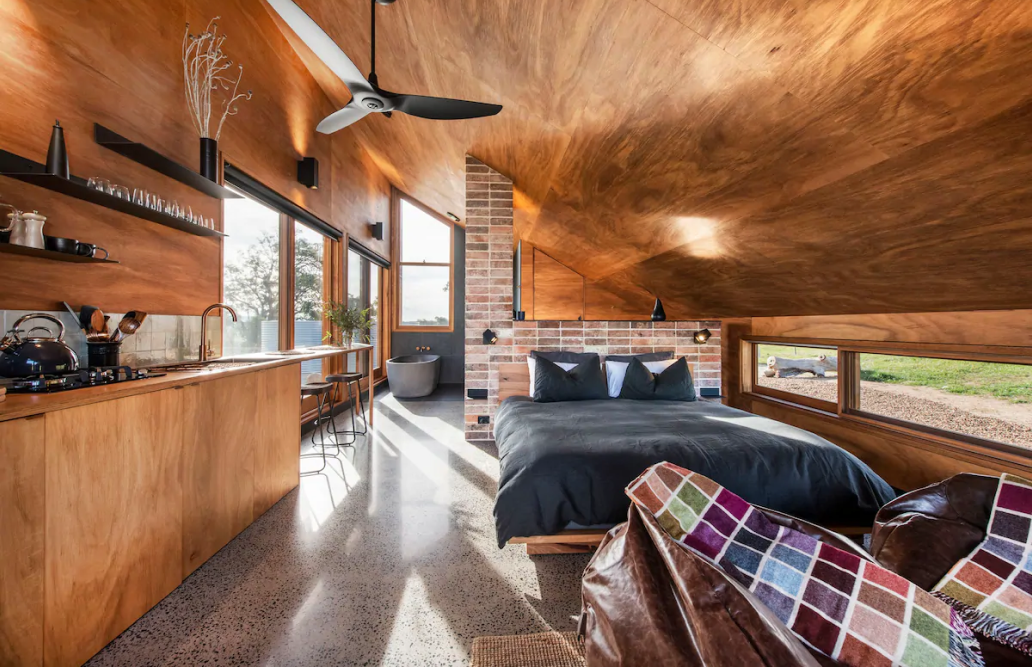
Plan, hire, and manage your ADU project with Maxable!
We won’t deny that building an ADU can feel complicated! Truthfully, it is complicated at times. There’s a lot of information to keep straight, especially ADU regulations. And that’s on top of the other legwork needed to build a property.
That’s why we’ve got your back! At Maxable, we can help simplify things and smooth out any potential bumps in the road. You can count on us to kickstart a smooth-sailing ADU process!
For any lingering questions or uncertainties, sign up today for one of Maxable’s bimonthly webinars hosted by Maxable’s CEO. We hope to see you there!

